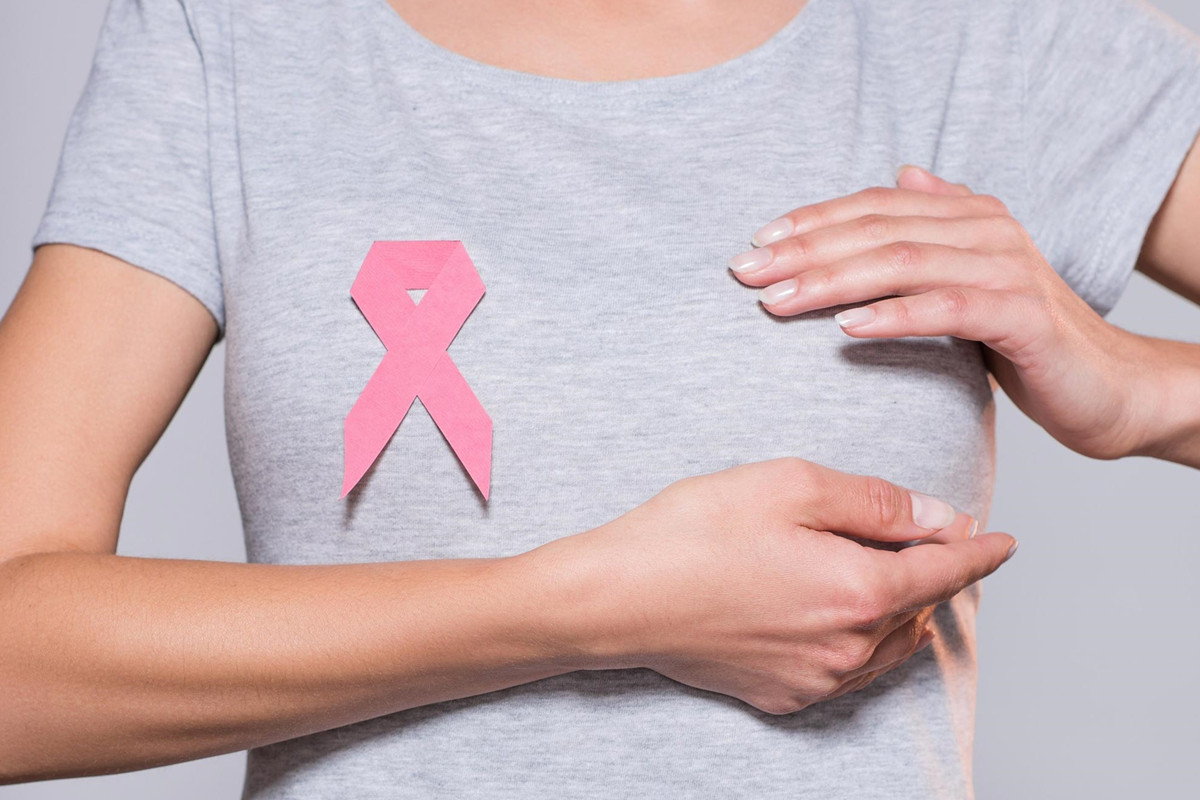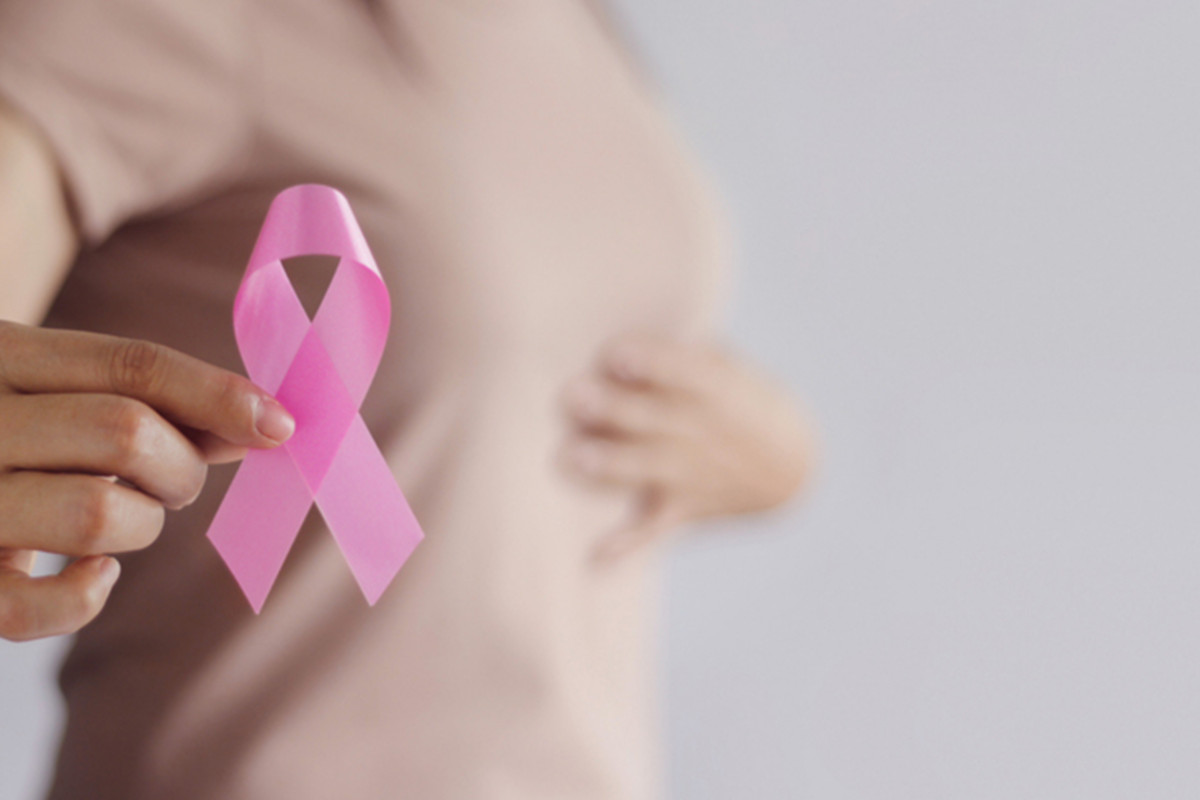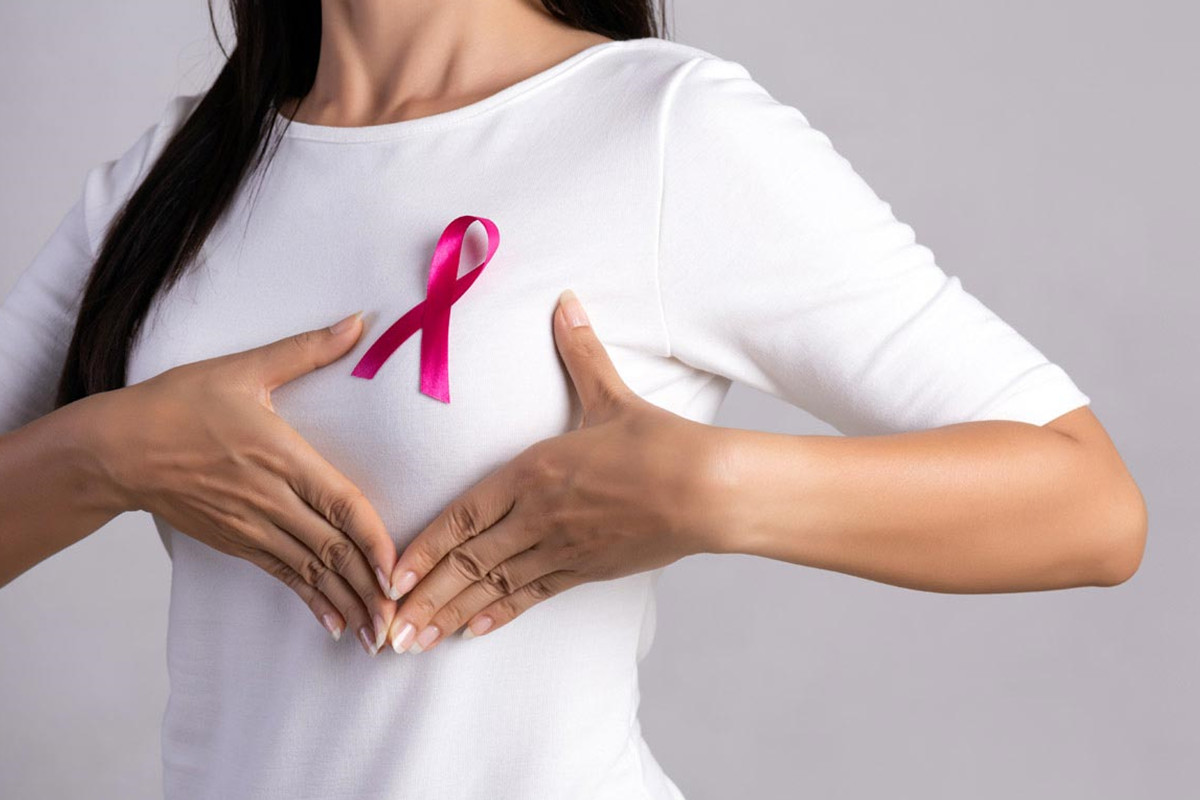Most breast cancers are found in 50 years of age or older women. However, breast cancer can occur in younger women as well. The following are some early signs and symptoms of breast cancer that you should be aware of:
1. A lump in the breast is often the first sign of breast cancer. It may be raised, and it may be one solid mass. In most cases, the lump will go away within six months and leave no mark.
2. Numbness or tingling in the arm, shoulder, or chest – A lump in the breast can cause numbness and itch in the breast or arm area because of nerve damage to one or more nerves. If these symptoms continue for more than six months, they may signal that there is cancer of the lymph node(s) beneath your collar bone (axilla).
3. Breasts suddenly becoming larger – Fluid buildup inside the breast can cause them to expand. This change is often gradual and noticeable only by close examination or feeling. The fluid may fill up the entire breast.

4. A change in nipple position – One common symptom of breast cancer is that the nipple becomes rigid, pointed, and bows toward the breast. In most cases, this symptom goes away within a few weeks to months of the tumor being diagnosed (this is one of two reasons why some women do not know they have cancer). The second reason is that some breast cancers are located in areas that do not have a lot of nerve endings, so the woman will not feel them.
5. Redness and scaling of the nipple are one of the early signs and symptoms of breast cancer in some women.
6. A change in the shape or size of a nipple – Another common sign of breast cancer is that one or both nipples become flat with no indentation, or become elongated, or begin to look like “one big nipple.” Sometimes there are lumps on each side of the nipple, which feels like standard parts of your nipples, but are lumps caused by cancer.
7. Lump around the nipple – Sometimes, a lump in the breast is not felt on the nipple but instead around it. This lump is most often found around the outer edges of the nipple (each side of it). The projection can be tubular or round and flat.

8. A change in or discharge from a nipple – A shot from inside of a breast may be mistaken for normal bodily fluids. However, if you notice increased amount, color, consistency, and odor changes, contact your doctor immediately because you may have cancer.
9. Dimpling of the skin at the nipple – This is a sign of breast cancer most often associated with Paget’s breast disease. The dimpling develops over time and then may become infected. Women at risk for developing this condition include those treated with hormones, radiation therapy, or chemotherapy (or who have a family history of breast cancer). Complications from this infection can be challenging to treat and may include loss of your breasts.
10. Pain in one or both breasts can be from acid reflux, fibroids in your breasts, irritation from tight bras, etc., but it can also be caused by underlying cancer.
11. Changes in nipple response to touch and pressure – One sign that a woman may have breast cancer is that she cannot feel a nipple. Cancer is also the cause of breast sensitivity to touch and pressure. When there is cancer, areas of the breasts in the center will not respond as well to either trace or pressure as other regions do.
In conclusion, the earlier breast cancer is caught, the better a woman’s chances are of living. While there is no way to avoid breast cancer altogether, these early signs and symptoms of breast cancer can be watched to start treatment as soon as possible.

